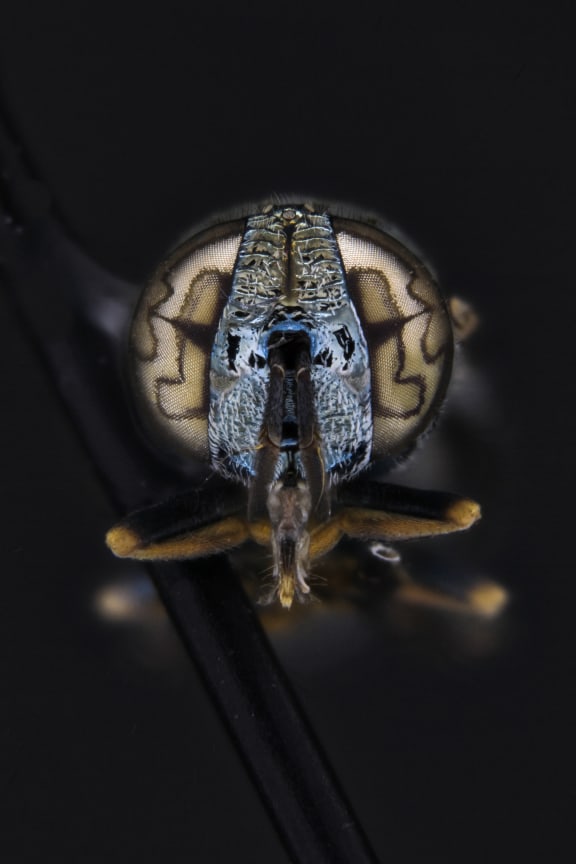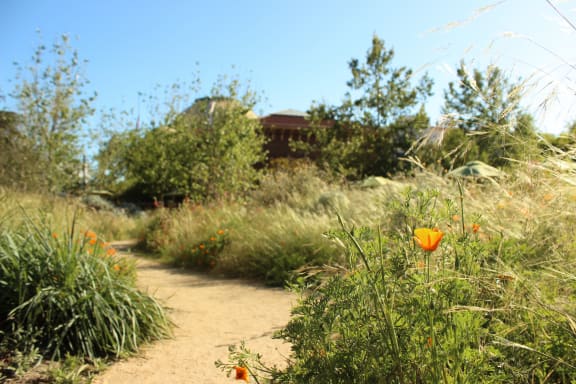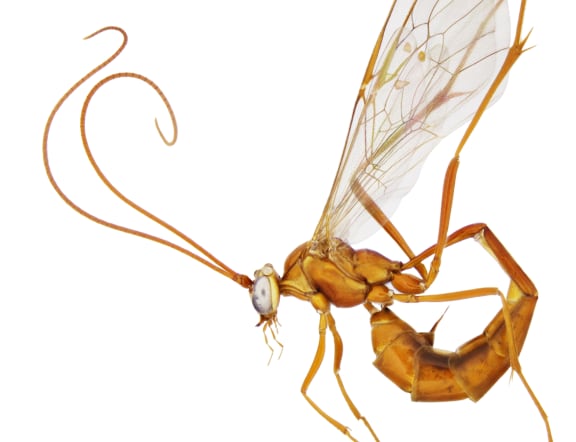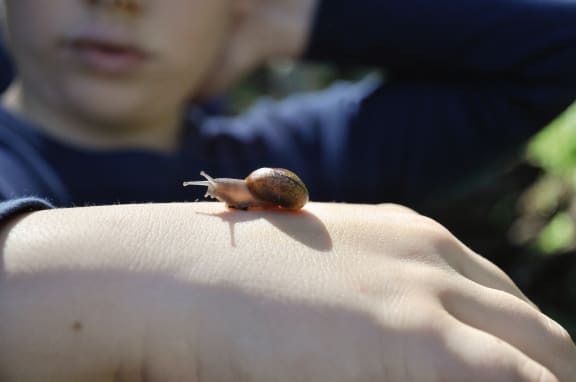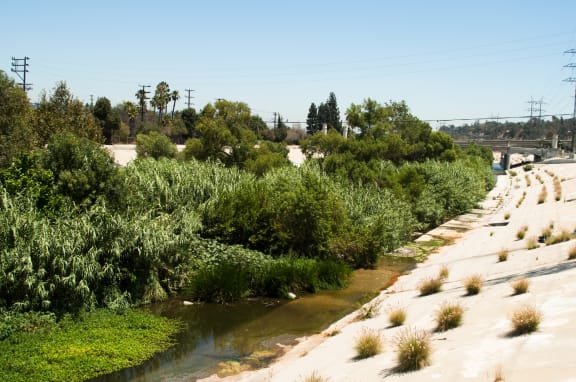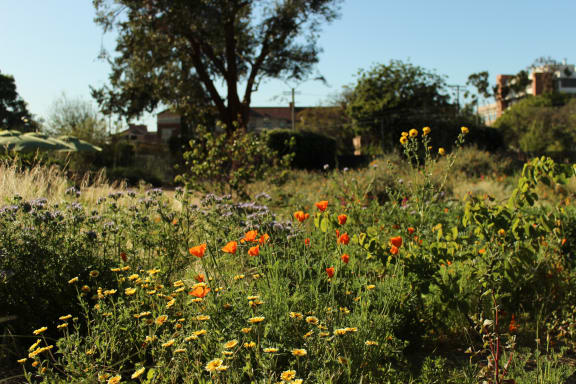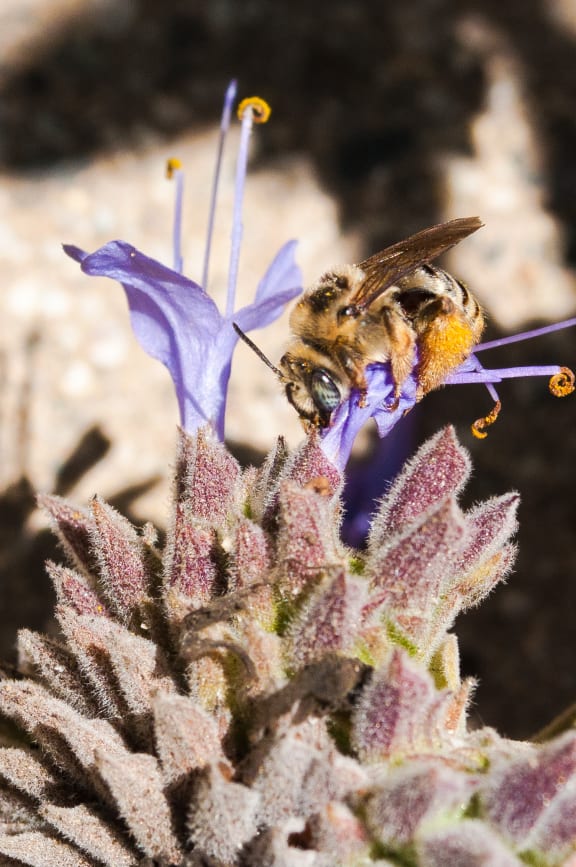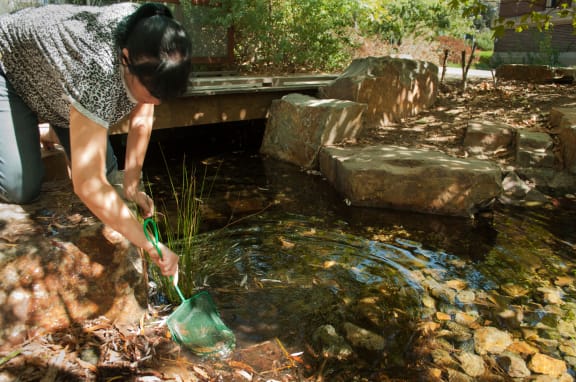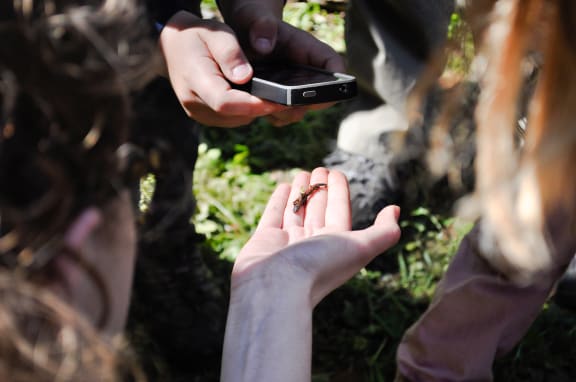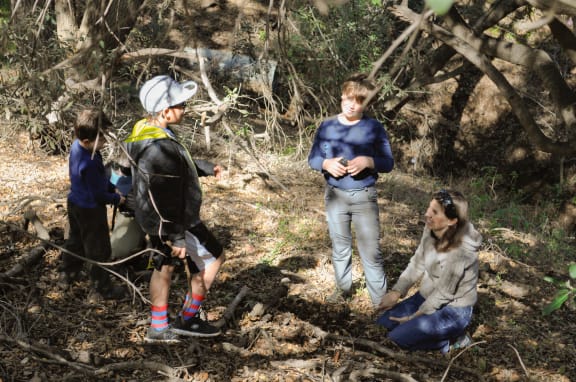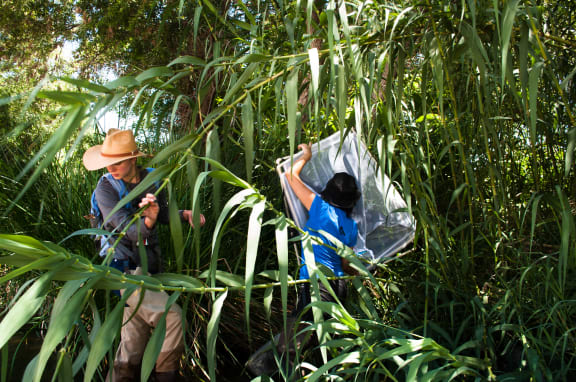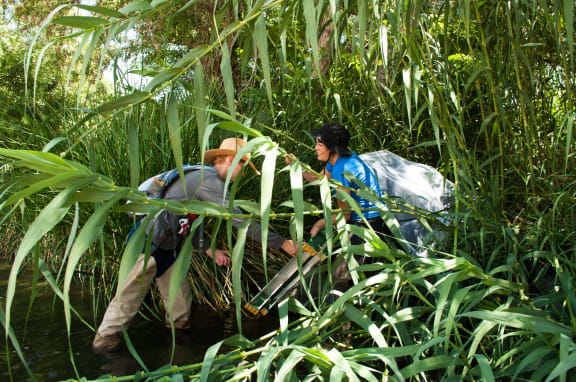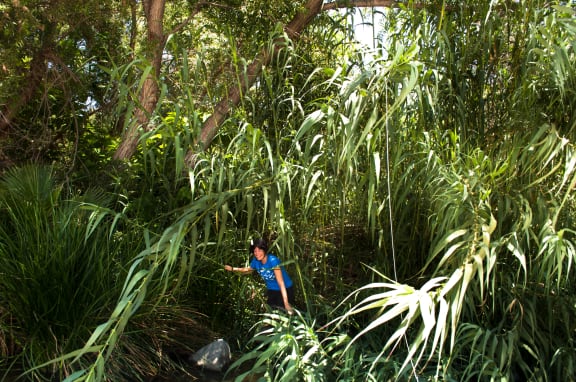This Way Up for Saturday 18 June 2016
This Way Up 18 June 2016 Part 1
LA wildlife survey, edible hay bale wrapping, surplus food market and tech news.
LA wildlife survey
A huge citizen science project in Los Angeles is uncovering unknown species and the full diversity of the city's wildlife.
Los Angeles is the second largest city in the US, sprawling over 1,300km2 and home to millions of people. Its traffic takes some beating, too - as the city boasts one of the worst rush hour periods in the world! But LA is also home to a surprisingly varied animal population, and thanks to the efforts of an army of citizen scientists this is becoming even more diverse.
"We think about rainforests and tropical places as where we might find undescribed species and where there's unknown diversity, and yet we find it in the most mundane of places we can imagine; backyards in the city" - Brian Brown
The Natural History Museum of Los Angeles County has launched what has been described as "the largest urban biodiversity study in the world". It's called the Urban Nature Research Center and it's trying to get city residents to record the fauna fluttering, slithering and crawling in their own backyards.
So far people have discovered over 43 new species of fly and a whole host of reptiles, amphibians, spiders and slugs that have never been seen before in California. Brian Brown is a curator of the Entomology Section of the LA Natural History Museum.
He tells This Way Up's Simon Morton that a similar approach could easily be followed anywhere in the world.
Edible hay bale wrapping
An edible plastic wrapping for animal feed aims to reduce the environmental impact of farming.
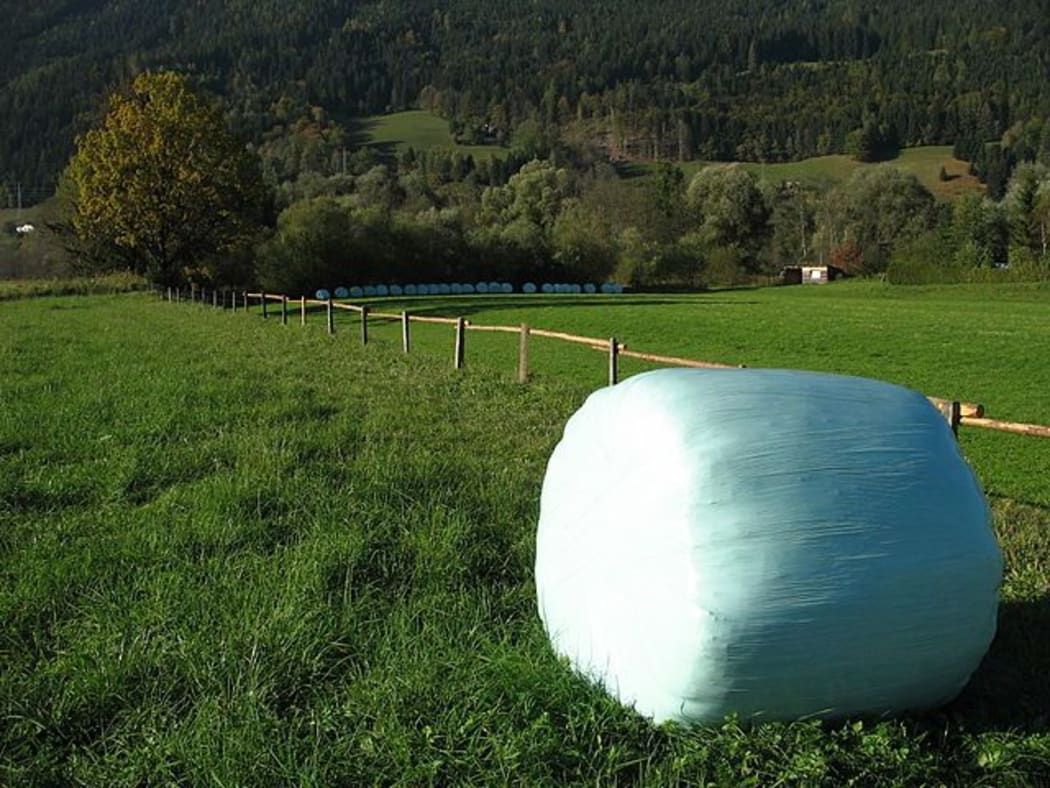
Photo: User Fb78 CC BY-SA 3.0
Every year an estimated 8 billion bales of animal feed such as silage, hay and straw are used worldwide, often wrapped in metres of plastic to protect it from the elements.
It's a handy way to store excess feed, and then feed it out to stock throughout the year. But animals sometimes eat the plastic wrapping and injure themselves, and removing the wrap is a hassle for farmers. Then it all has to be disposed of which is costly, and as lots of it ends up in landfill it's also bad for the environment.
So three British chemists with a background in farming have come up with an edible hay bale wrapping that's attracting interest from all over the world, including from here in New Zealand. This Way Up's Simon Morton speaks to one of the inventors, Nick Aristidou of Bionet.
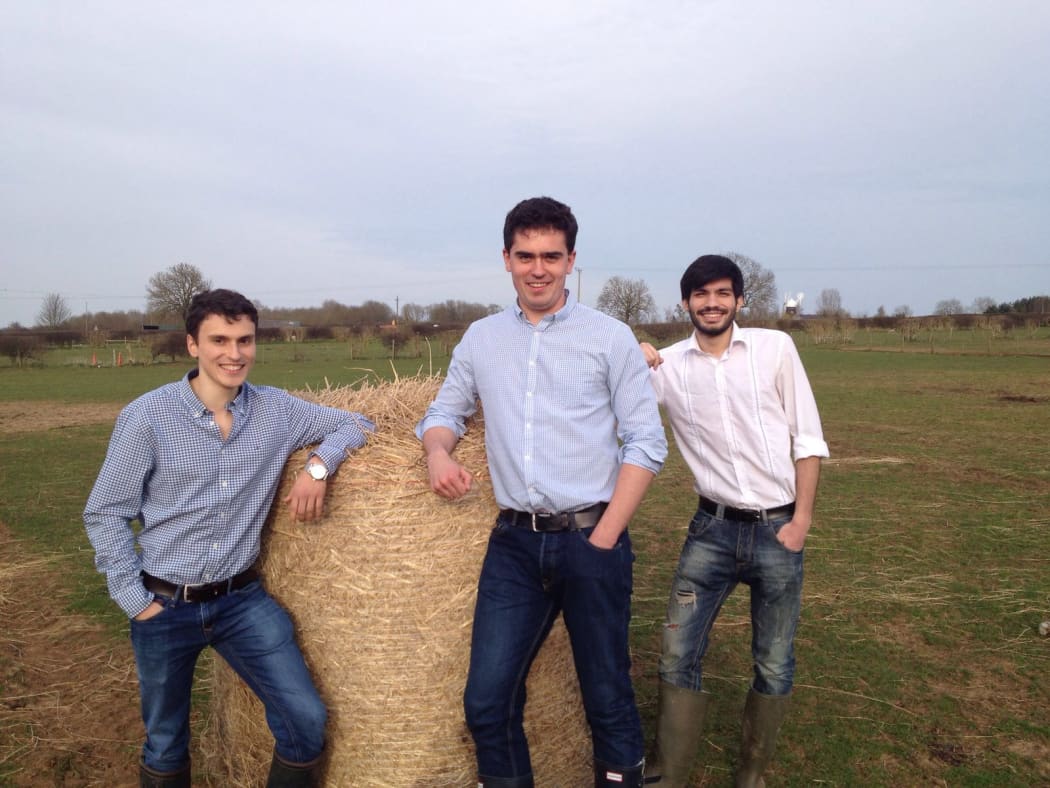
Nick Aristidou, Will Joyce and Stelios Chatzimichail of Bionet, inventors of the edible hay bale wrapping Photo: Supplied
"Working on a farm myself I've experienced firsthand the hassle of unwrapping hay bales. The plastic is difficult to remove and costly to dispose of. We estimate that wrapping them in our product could save a farmer with a 100-cow herd 1,080 hours typically spent unwrapping the bales" - Will Joyce.
Surplus food market
A new online marketplace targeting businesses is trying to tackle the global problem of food waste.
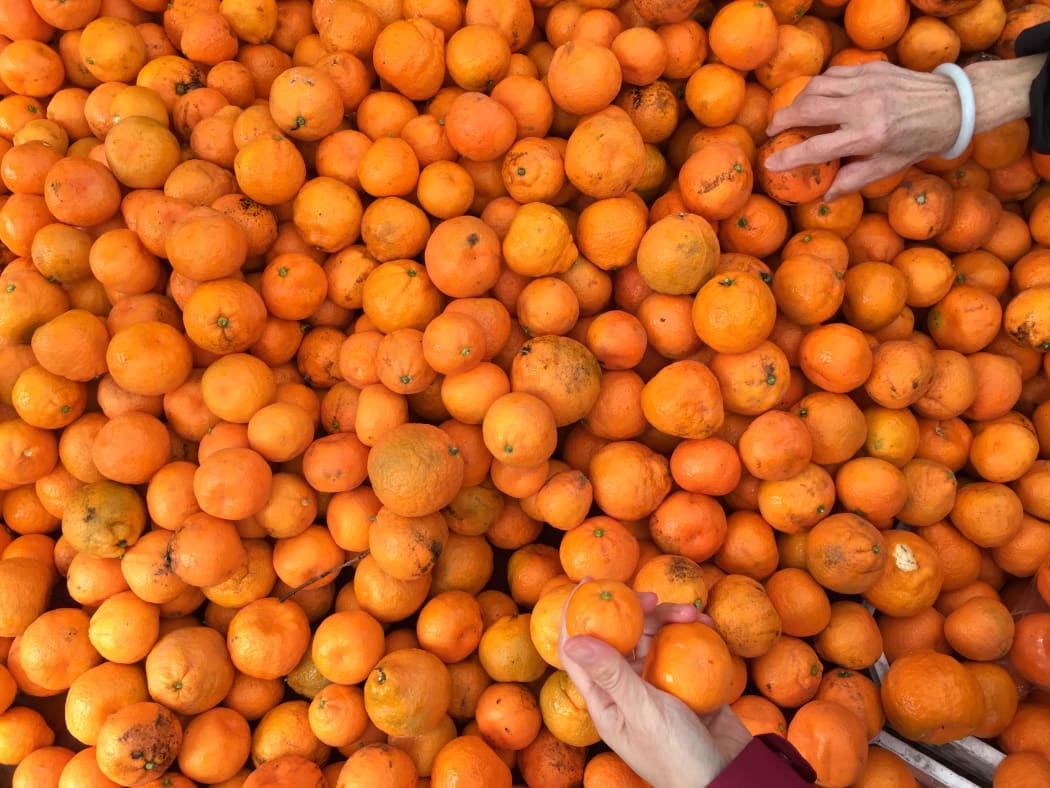
Citrus anyone? Photo: Supplied
The United Nations Food and Agriculture Organisation estimates over a billion tonnes of food gets wasted every year around the world – that's about one-third of all the food we produce!
There are lots of initiatives around the world that aim to reduce food waste. There's Kiwharvest in Auckland, the Free Store in Wellington, the Roti Bank in India and Foodblessed in Lebanon. From a blemished apple to a pie that's been sat in a warmer for the day, most of these projects take excess foods and redistribute them to individuals.
Cerplus' motto is 'ugly produce at pretty prices' and they're taking a different approach. Based in the US, Cerplus is connecting farmers and wholesalers directly with restaurants and businesses cutting out the food stores and supermarkets and creating a new online marketplace. The growers of the food get cash for produce that would otherwise go to waste... and it's good for the businesses buying the food who enjoy discounts of between 30 to 50 percent!
Simon Morton talks with Zoe Wong, the co-founder and CEO of Cerplus.
Tech news: Microsoft buys LinkedIn
Tech correspondent Peter Griffin with reaction to the news that Microsoft's paid US$26.2 billion for the professional networking website LinkedIn, one of the biggest tech deals in history.
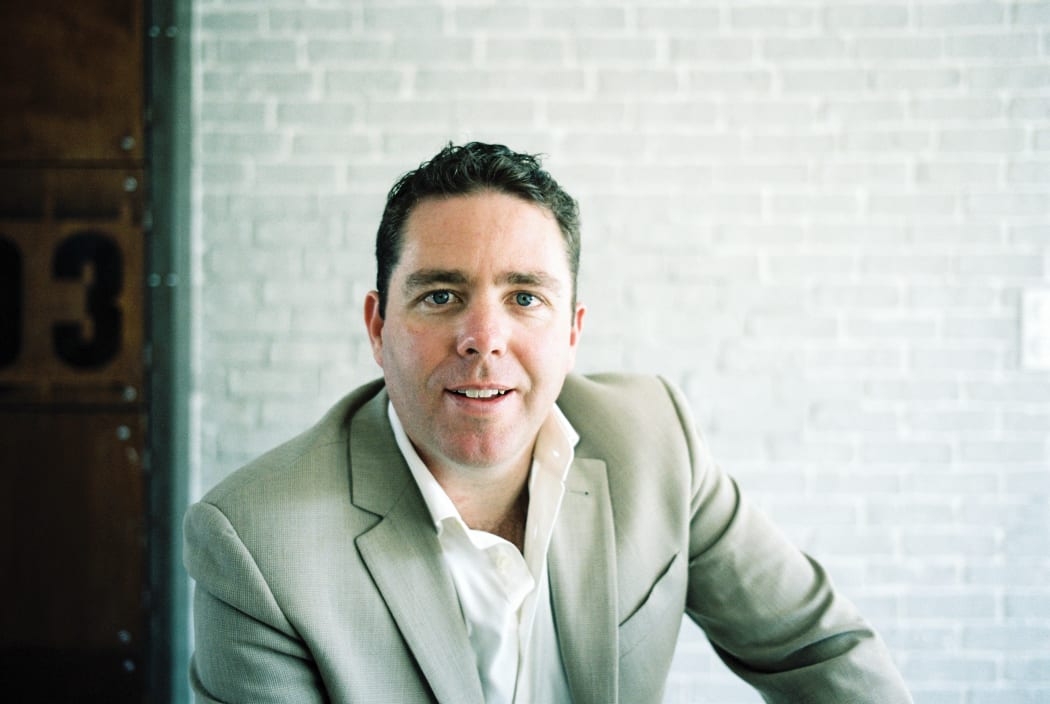
Peter Griffin Photo: Supplied
Chancing It
"Casinos are factories that use the laws of probability to produce profit. Loopholes in those laws do make it possible to divert some of that profit your way, but they're small and squeezing through them demands skill, determination and a lot of money!" - Robert Matthews.
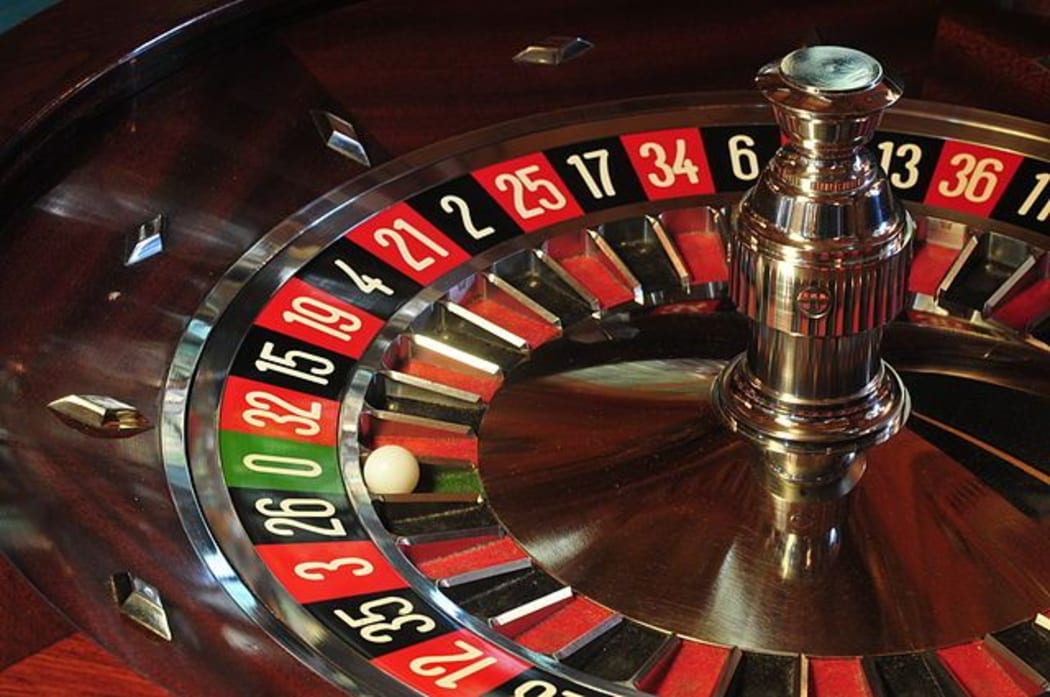
House Advantage Photo: (Ralf Roletschek fahrradmonteur.de)
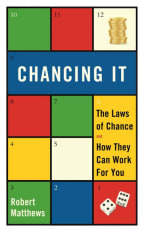
Science writer Robert Matthews talks with This Way Up's Simon Morton about the laws of chance.
Robert Matthews' book Chancing it: The Laws of Chance and How They Can Work for You is published by Profile Books.
Birds: Kōkako
Simon Morton goes on the hunt for the endangered North Island kōkako on Kapiti Island with bird man Hugh Roberston.
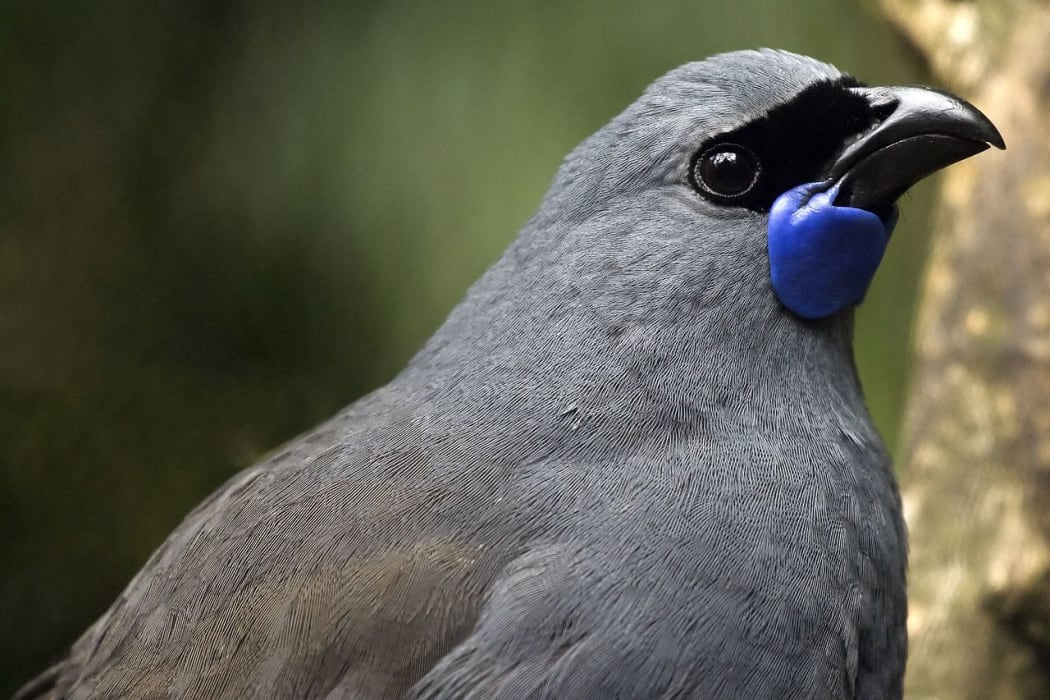
A North Island Kōkako (callaeas wilsoni) head in closeup. Photo: (Matt Binns Creative Commons Attribution 2.0 Generic)
Science: new bones and how exercise improves your memory
Dr Chris Smith with science news and this week how exercise can boost your memory, and a new way to replace damaged bones.

Skull view Photo: By ANUG - Own work, CC BY-SA 4.0, https://commons.wikimedia.org/w/index.php?curid=38139764
